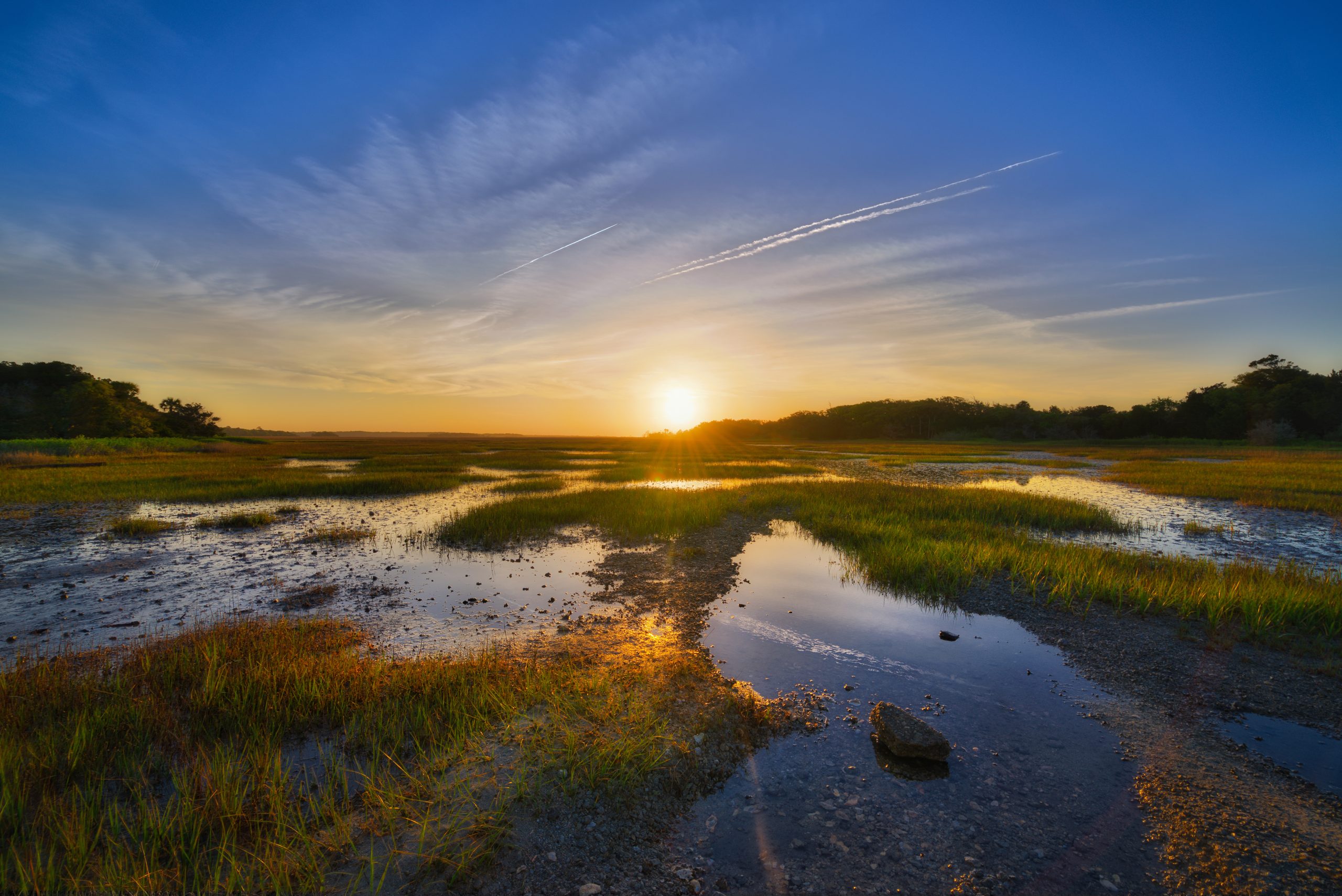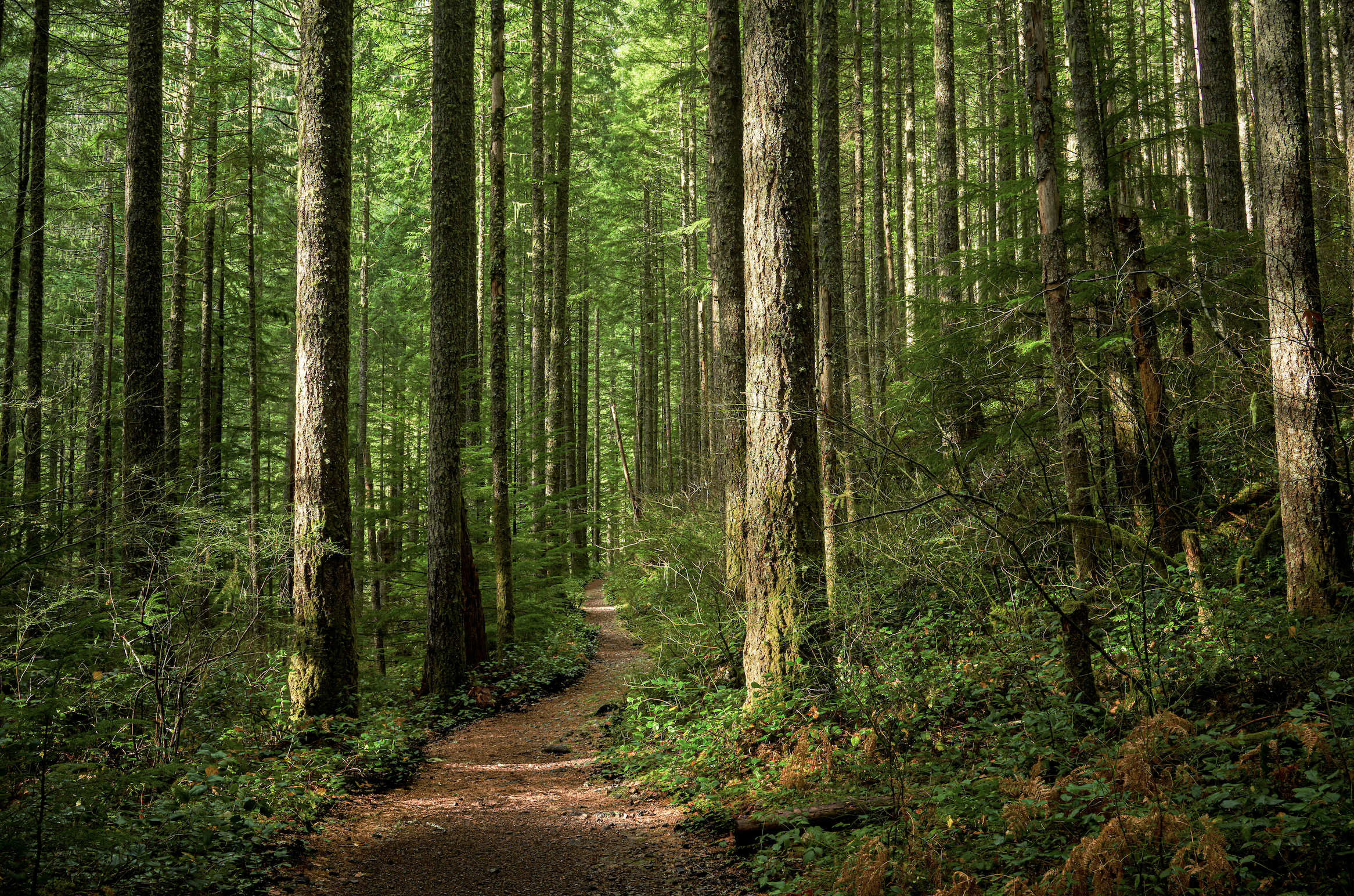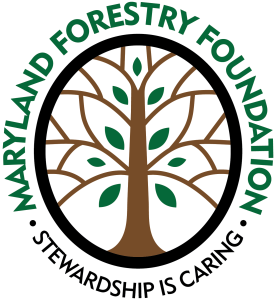Greening the Gray
Natural capital extends the concept of economic capital, traditionally associated with manufactured means of production, to encompass goods and services derived from the natural environment. In Maryland, our natural capital consists of the diverse ecosystems that provide essential services into the future. These services include the provision of drinking water, mitigation of stormwater runoff, nutrient absorption, groundwater replenishment, prevention of soil erosion, wildlife habitat preservation, and even carbon sequestration. Remarkably, our state's forests, streams, wetlands, and other natural ecosystems often deliver these services without charge. In essence, Maryland's green infrastructure constitutes its natural capital.
In the realm of government budgeting, the focus typically revolves around expenditures on capital projects during regular budget cycles, which can be annual or bi-annual. A standard budget consists of two primary components: General Operations expenses (GO) and Capital Improvement Programs (CIP). CIP budget allocations primarily cover gray infrastructure, encompassing buildings, roads, utilities, public works, vehicles, equipment, and related elements. In contrast, green infrastructure projects are infrequently included in CIPs and may instead be incorporated within GO expenses, making it challenging to monitor their utilization and level of investment. Given that infrastructure projects involve substantial time and financial commitment, CIPs often span a time horizon of four to ten years, offering a planning schedule and identifying financing options. This long-term perspective lends itself to strategically safeguarding or restoring local community green infrastructure as well.
The "Greening the Gray" initiative strives to actively engage local communities in the formulation of capital improvement budgets that include green infrastructure projects. Maryland is home to 180 local governments and 167 special taxing districts, collectively expending approximately $30 billion annually on public services. Through the provision of tools, workshops, and a structured process, we aim to simplify the inclusion of green infrastructure in budgeting, enhancing transparency and demonstrating its cost-effectiveness. Consequently, we anticipate increased investments by many of these communities in green infrastructure projects.

Historically, estimating the value of ecosystem services provided by green infrastructure has been a challenge. However, the "Accounting for Maryland's Ecosystem Services" project, conducted by the Maryland Department of Natural Resources (DNR), has assigned monetary values to seven key ecosystem services in the state. While the total value of these services across Maryland amounts to $8 billion annually, the value of these services can now be estimated at a finer level of detail, including specific local communities, protected areas, or even assessing the potential loss of services due to proposed land use changes. This flexibility is crucial because different communities have distinct green infrastructure needs.
The proposed development of a framework and tools for integrating green infrastructure into CIPs is a versatile solution applicable to addressing challenges in communities across Maryland. It can also be adapted for use by local governments throughout the Chesapeake Bay states. Recent initiatives in the Greater Baltimore area, focusing on regional green infrastructure networks and resilience to climate change-related events, provide examples of the potential impact of such an approach. This includes mitigating inland flooding due to extreme weather events and addressing sea-level rise concerns along coastal zones.


In forested regions, maintaining the integrity of forest blocks, free from fragmentation, is vital for forest health, the wood products industry, and the array of services that forests offer. Furthermore, these tools can be applied to regulatory compliance, such as adhering to the Bay's critical area law, enabling better decision-making and cost-effective solutions to minimize impact and reduce nonpoint source pollution. Future investments in building resilience, conserving forests, or limiting impacts on the Bay will depend significantly on the decisions made by local governments. This project aims to establish essential connections between natural resource professionals, planners, and local decision-makers, facilitating progress from scientific insights to financing options and ultimately project implementation.
Work Plan: This project will result in the creation of tools designed for municipal decision-makers to comprehensively assess the costs and co-benefits of green infrastructure projects. Through workshops, we will illustrate the use of these tools in the local budget development process.
Objectives:
- Increase transparency for local governments regarding their contributions to building green infrastructure through the formal budget process.
- Separate Natural Capital (Green Infrastructure) projects from overall budget items, allowing for individual review and budgeting within the CIP process.
- Articulate the value of green infrastructure projects in terms of ecological services and express these values in comparable dollar terms alongside other capital assets.
- Demonstrate how to calculate the benefits and provide examples showcasing their positive impacts on local quality of life, including water and air quality, health benefits, biodiversity, and improved access to nature.
For more detailed information regarding program implementation, please reach out to our Foundation staff at info@marylandforestryfoundation.org.
